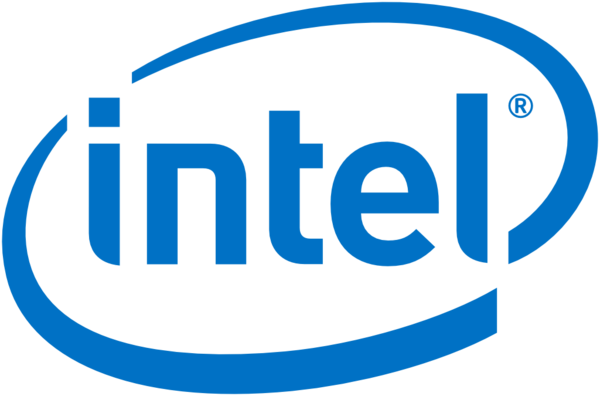
Security-conscious Windows users attempting to protect themselves against Meltdown and Spectre attacks in the wild are being met with a deceptive “Your device is up to date” message — but they’re not yet protected.
In the days following the disclosure of CPU cache attacks Meltdown and Spectre, hardware, kernel, and software developers have rushed to provide security updates for their respective devices and platforms in an (ongoing) effort to secure their users against the wide-ranging (and not yet fully understood/internalized) side-channel vulnerabilities disclosed a few days ago on the 3rd of January, 2018.
For those that aren’t up to date on these attacks – stop now, and read this excellent LWN article on Meltdown and Spectre; if you’re so inclined, you can even have a look at the original Google Project Zero article where it all started.1
While the latter is more technical in nature, programming-inclined readers in the audience may find it to actually be easier to grok with its more definite and concrete approach, vs the somewhat abstract nature of pretty much all the other coverage out there. ↩

 If you have any skin invested in the high-performance computing game, you’ve almost certainly heard of the likes of MMX and SSE, the original “extensions” to the x86 assembly instruction set that provided task-specific performance-optimized instructions that let developers take advantage of specific hardware extensions to quickly perform tasks that previously required extra steps in software to compute. If you haven’t, here’s a quick briefer.
If you have any skin invested in the high-performance computing game, you’ve almost certainly heard of the likes of MMX and SSE, the original “extensions” to the x86 assembly instruction set that provided task-specific performance-optimized instructions that let developers take advantage of specific hardware extensions to quickly perform tasks that previously required extra steps in software to compute. If you haven’t, here’s a quick briefer.